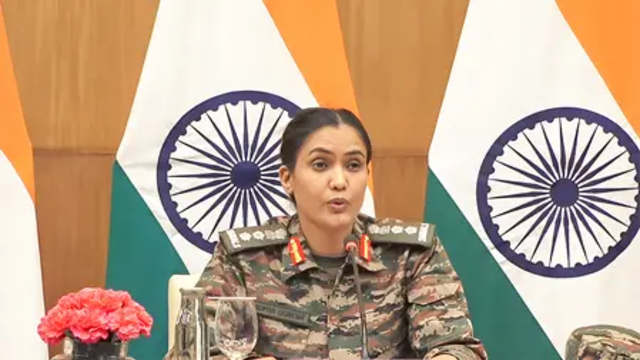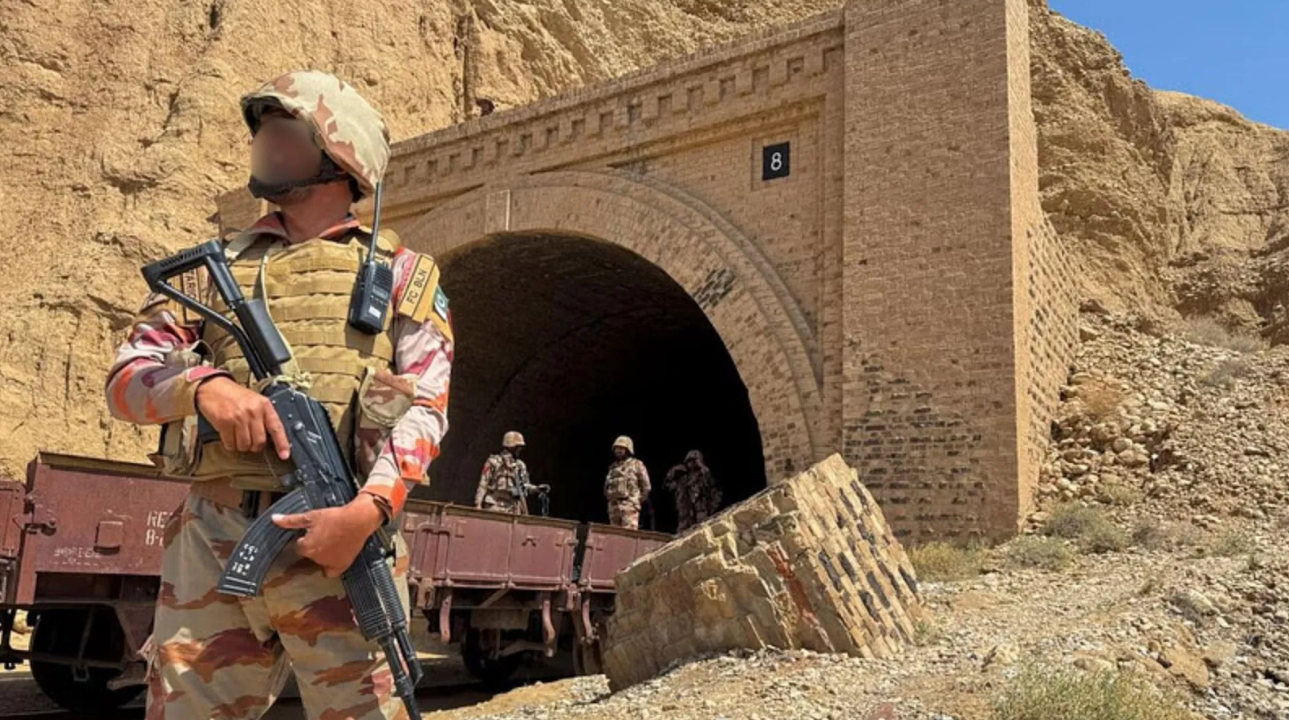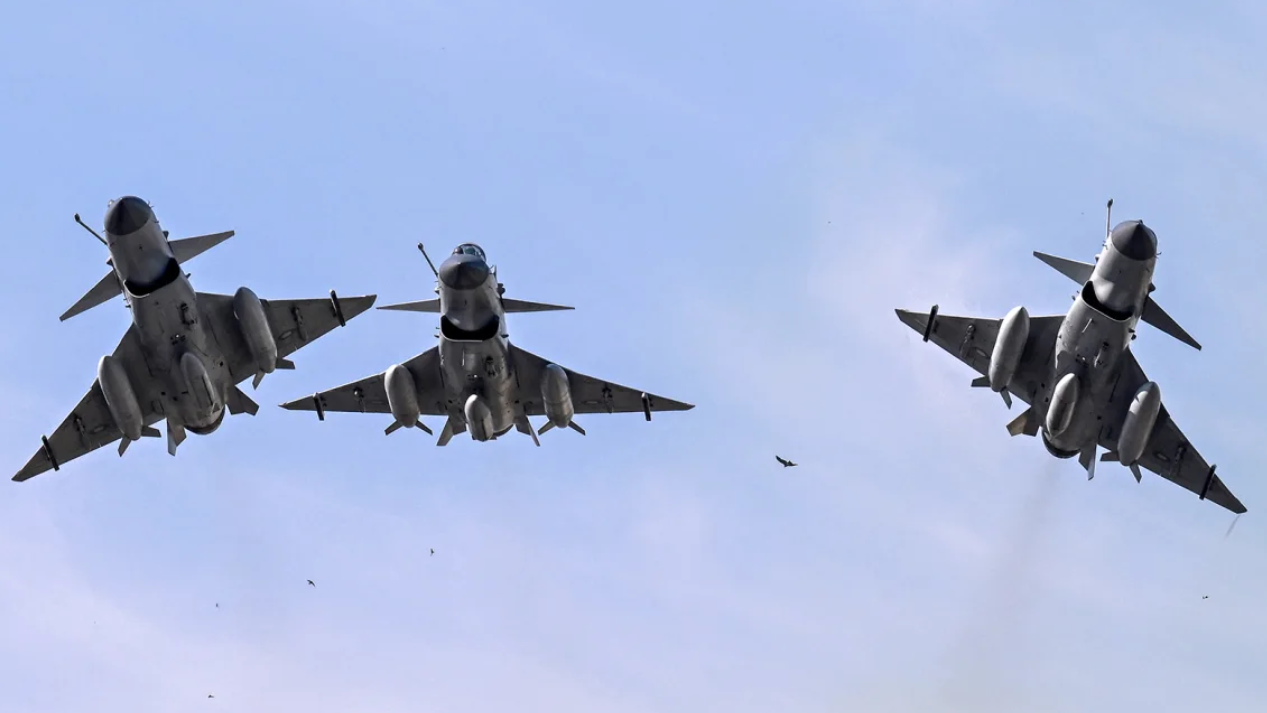
A memorial has been set up at MedStar Capitals Iceplex in Arlington, Virginia, to honor the figure skaters who lost their lives in the tragic crash of American Eagle Flight 5342 and a U.S. Army Black Hawk helicopter near Ronald Reagan National Airport on February 2, 2025. REUTERS
Authorities have identified 55 out of the 67 people who lost their lives in Wednesday’s tragic midair collision over the Potomac River in Washington, D.C. The crash involved an American Airlines passenger jet and a military helicopter.
Fire Chief John Donnelly expressed confidence in the recovery efforts, stating, "It's my belief that we're going to recover everyone." He added that salvage operations were still ongoing and would take time to complete.
Starting Monday, the Army Corps of Engineers will begin retrieving the wreckage from the river, a process that could last over a week. Colonel Francis Pera of the Corps of Engineers explained that the debris field is widespread, requiring multiple recovery methods to locate all remains and aircraft parts. Officials confirmed that whenever human remains are discovered, all work will pause out of respect for the victims.
On Sunday, the families of those who perished arrived by bus to the riverbank near the crash site. Many gathered to pay their respects while rescue teams continued their search.
The wreckage is being transported to a hangar at Washington Reagan National Airport for further examination. Meanwhile, restrictions remain in place on the Potomac River, limiting access to authorized vessels only. Two runways at the airport, though less frequently used, have been temporarily closed.
The National Transportation Safety Board (NTSB) revealed that the CRJ-700 aircraft was flying at approximately 325 feet at the time of impact. This information was retrieved from the plane’s flight data recorder, often referred to as the "black box," which logs the aircraft’s movements, speed, and altitude.
Further analysis confirmed that the Army helicopter was flying above 200 feet, exceeding the designated altitude for its route. Investigators also found that an air traffic controller had warned the helicopter about the jet’s presence roughly two minutes before the crash.
In the final second before impact, data from the cockpit voice recorder indicated a verbal reaction from the American Airlines crew. Flight records show that the plane's nose began to rise just before the collision, suggesting that the pilots may have seen the helicopter at the last moment and attempted to avoid the crash.
The investigation is ongoing, and authorities continue working to recover all victims while examining the circumstances that led to this devastating accident.















